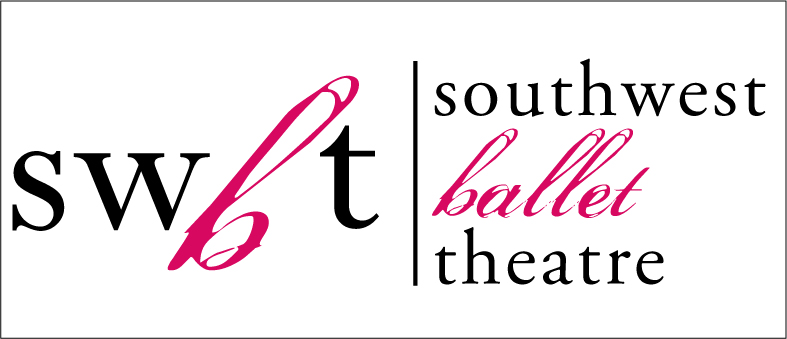Class Etiquette
FAQs
Can I observe my dancer’s classes?
SWBT has a closed studio policy, meaning that we have parents wait in the lobby during classes and rehearsals. This prevents distractions for the dancers, allowing them to focus on their participation in the class. This also gives dancers the freedom and comfort to work on their artistry. We have two parent observation weeks per season; one in September and one in January so that parents can stay included in their dancer’s progress throughout the year.
How can I track my dancer’s progress?
We encourage parents to watch their dancer’s classes during the two observation weeks. In December, teachers write midyear evaluation comments for each dancer which are uploaded into your Parent Portal account. At the end of the season, dancers in ballet classes receive a completed evaluation form and there is an opportunity to sign up for parent-teacher-dancer conferences.
- Be prompt. Arrive early for class, and go immediately into the studio, if there is no class, and begin stretching. The instructor should never have to call you into class. If you are late, apologize and ask the teacher if you have permission to join class. No one arriving more than ten minutes late will be permitted to take class.
- Dress appropriately. SWBT has a specific dress code for each technique – please see the Dress Code page for details. No warmers, T-shirts, or jewelry. Tights should be clean and pulled down around feet. Hair should be tied up neat in a bun.
- Focus and pay attention to the exercises, instructions, and corrections. When the teacher is speaking — whether the correction pertains to you or not — the instructor should have your full attention. No talking.
- Stay at your place at the barre. Stay with your assigned group while going across the floor.
- No chewing gum, eating, or drinking. You may take a drink between barre and center.
- If you need to leave the classroom, please stand at the door and the instructor will nod their head to give permission to leave. Do not interrupt the instructor to ask permission.
- Complete every exercise to the best of your ability. Giving up half way through an exercise is counterproductive.
- If you are receiving a correction on a particular movement — whether personal or for the entire class — physically display the correction for the teacher. The energy and enthusiasm you present in class will affirm to the instructor your desire to improve and learn.
- No displays of rude behavior. A good attitude towards learning will help make the work easier. Rolling eyes, temperamental outbursts, or disrespect toward an instructor or other dancers will not be tolerated. Leave correcting and commenting on other students’ dancing to the teacher.
- Applaud at the end of class, and thank the teacher personally with a curtsy. Each class is a ritual to treasure and to be danced like a true performance. Dancing is a physical, mental, and spiritual art form. You must engage yourself completely each time you are in class. In general you will have a more enjoyable and successful experience if your manners are impeccable. Dance is an art form where respect, hierarchy, and tradition reign supreme. Remember your teachers are attempting to pass on their knowledge from their varied experiences. There are many different approaches to training, and they are all good. Take heed of their advice and wisdom, and be grateful for the time and attention.
